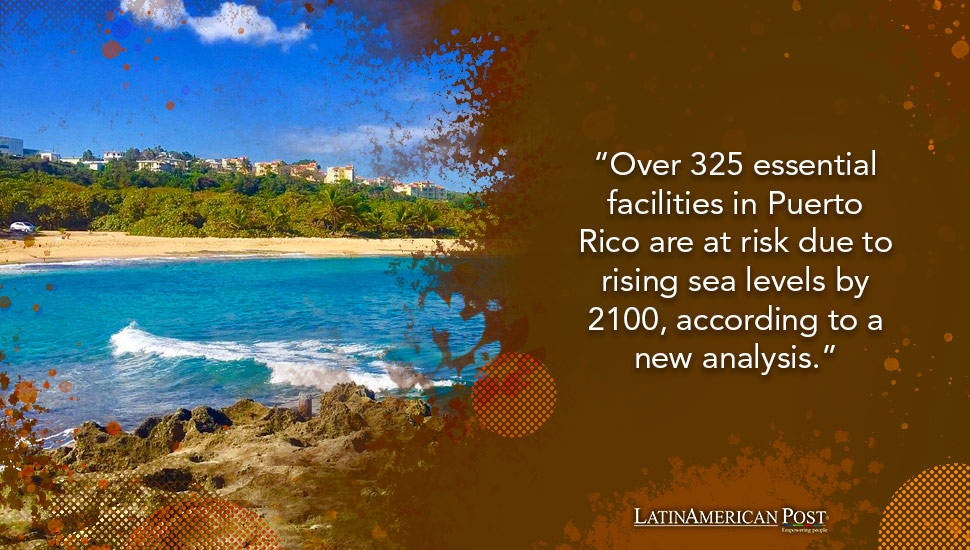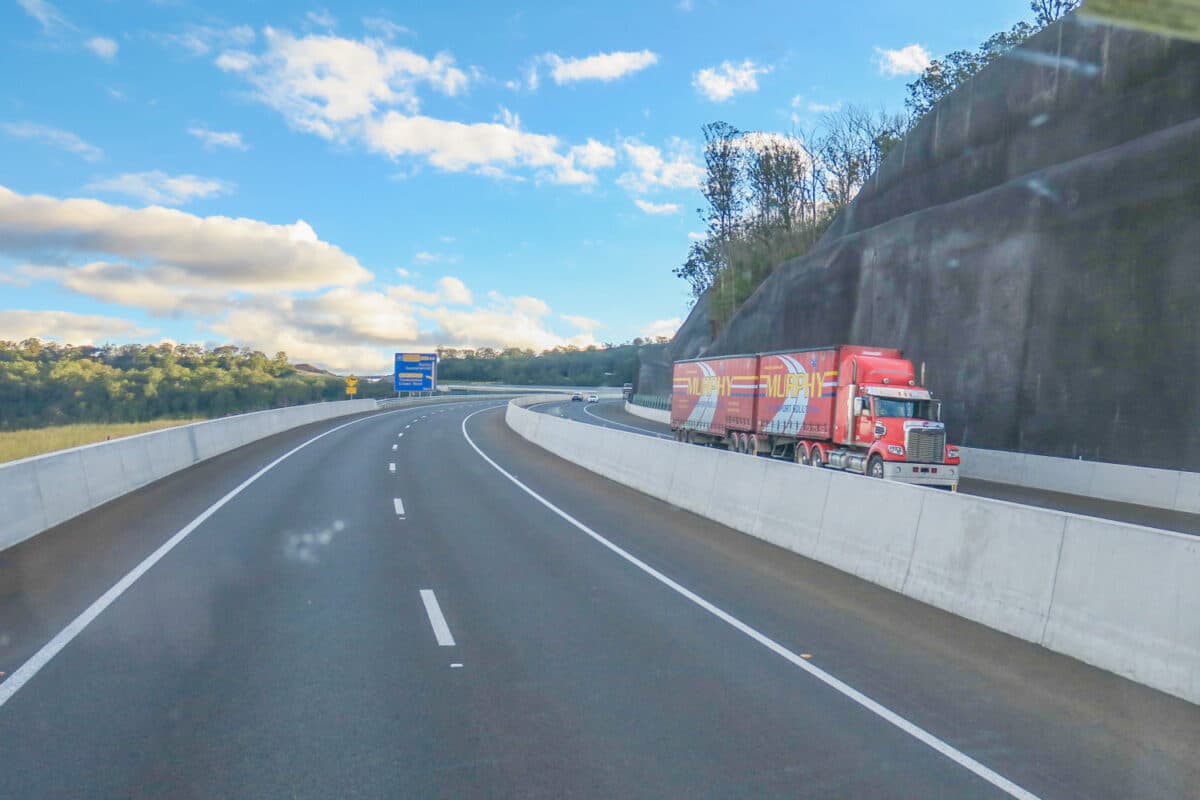Rising Seas: The Future Of Coastal Infrastructure

Table of Contents
The Impacts of Rising Sea Levels on Coastal Infrastructure
The relentless rise in sea levels, driven largely by climate change, is having a devastating impact on coastal infrastructure worldwide. This impact manifests in several critical ways:
Increased Flooding and Erosion
Rising sea levels directly exacerbate coastal flooding and erosion. Higher water levels mean higher tides and storm surges reach further inland, inundating low-lying areas and increasing the power of waves impacting coastlines. This leads to:
- More frequent and severe flooding events: Coastal roads, bridges, and buildings are increasingly vulnerable to inundation, causing damage and disruption.
- Accelerated coastal erosion: Powerful waves erode beaches and cliffs, undermining the foundations of coastal structures. Ports and harbors are particularly at risk, with potential for significant economic losses.
- Significant economic and social costs: Flood damage to infrastructure, disruption to businesses, and displacement of communities represent substantial economic and social costs. The cost of repairing infrastructure damage, coupled with the loss of property and business interruption, can be staggering.
Saltwater Intrusion and its Effects
Rising sea levels facilitate saltwater intrusion into freshwater aquifers and surface waters. This intrusion contaminates drinking water supplies, damages agricultural lands, and disrupts delicate coastal ecosystems. The consequences include:
- Contamination of drinking water sources: Saltwater intrusion renders freshwater sources unusable, impacting human health and requiring costly desalination or alternative water sources.
- Damage to agriculture: Saltwater intrusion contaminates soil, rendering it unsuitable for agriculture and impacting food security.
- Ecosystem disruption: Changes in salinity levels disrupt coastal ecosystems, affecting marine life and biodiversity. Mitigating saltwater intrusion requires careful management of groundwater resources and the construction of barriers to prevent seawater from entering freshwater sources.
Foundation Instability and Structural Damage
The rise in sea levels leads to higher water tables and increased wave action, both of which weaken the foundations of coastal structures. This instability results in:
- Foundation failure: Buildings, bridges, and other structures can suffer foundation failure, leading to structural damage and potential collapse.
- Increased maintenance costs: The constant exposure to higher water levels and increased wave action necessitates more frequent and costly maintenance to prevent structural damage.
- Reduced lifespan of infrastructure: The combination of increased stress and corrosion significantly reduces the lifespan of coastal infrastructure.
Adaptation and Mitigation Strategies for Coastal Infrastructure
Addressing the challenges posed by rising sea levels requires a multi-pronged approach incorporating both adaptation and mitigation strategies.
Engineering Solutions
Traditional engineering solutions provide a range of options for coastal protection:
- Seawalls: These structures act as barriers against waves and flooding but can have negative environmental impacts.
- Breakwaters: These offshore structures reduce wave energy before it reaches the shoreline. They can be expensive to build and maintain.
- Improved drainage systems: Upgrading drainage systems can enhance the capacity to manage stormwater runoff and reduce the risk of flooding. The effectiveness of engineering solutions depends on the specific context and requires careful consideration of their environmental and economic impacts.
Nature-Based Solutions
Nature-based solutions offer environmentally friendly and often cost-effective alternatives:
- Mangrove restoration: Mangroves act as natural buffers against storm surges and erosion. Their restoration can protect coastlines and provide numerous ecological benefits.
- Beach nourishment: Replenishing beaches with sand helps restore natural coastal defenses and reduce erosion.
- Dune stabilization: Stabilizing dunes using vegetation helps create natural barriers against storm surges and erosion. Nature-based solutions provide a sustainable and resilient approach to coastal protection.
Relocation and Managed Retreat
In some cases, relocation of vulnerable infrastructure or communities may be the most effective solution:
- Relocation of critical infrastructure: Moving buildings and infrastructure away from high-risk areas is a last resort but may be necessary to protect lives and assets.
- Managed retreat: This involves the planned relocation of communities away from vulnerable coastal areas. This approach involves careful planning and considerable investment, but it can minimize future losses. Ethical considerations and equitable solutions are critical.
Planning for the Future: Resilient Coastal Infrastructure
Planning for the future requires a holistic and integrated approach:
Improved Coastal Zone Management
Effective coastal zone management plans are crucial:
- Integrated planning: Plans need to consider the interconnectedness of different coastal systems.
- Government policies and regulations: Strong policies and regulations are needed to guide development and protect coastal areas.
- Comprehensive risk assessment: Thorough assessment of coastal risks is vital to inform planning decisions.
Investment in Research and Development
Continued investment in research and development is essential:
- Innovative solutions: Research into new materials and technologies is crucial to developing more resilient infrastructure.
- Resilient building materials: Developing and implementing new, durable building materials that can withstand extreme weather events.
- Sustainable construction techniques: Adopting sustainable and environmentally friendly construction techniques that minimize the impact on the environment.
Community Engagement and Education
Public awareness and community engagement are paramount:
- Public education: Raising public awareness of the risks of sea-level rise and the importance of adaptation measures.
- Community participation: Actively involving local communities in the planning and implementation of adaptation strategies.
- Stakeholder involvement: Collaborating with all stakeholders—government agencies, businesses, and community groups—to achieve effective coastal management.
Conclusion: Securing the Future of Coastal Infrastructure
Rising sea levels present a formidable challenge to coastal infrastructure, causing increased flooding, erosion, saltwater intrusion, and foundation instability. Effectively addressing this threat requires a combination of engineering solutions, nature-based approaches, and proactive planning. Investing in resilient coastal infrastructure, incorporating improved coastal zone management, research and development of new technologies, and significant community engagement, is crucial to mitigating the impacts of rising sea levels and securing a sustainable future for coastal communities. Learn more about the latest strategies and innovations in protecting against rising sea levels and building resilient coastal communities.

Featured Posts
-
 Tasman Road Closure A Truckies Realistic Assessment
May 11, 2025
Tasman Road Closure A Truckies Realistic Assessment
May 11, 2025 -
 Zhena Borisa Dzhonsona V Tekhase Fotografii Iz Semeynoy Poezdki
May 11, 2025
Zhena Borisa Dzhonsona V Tekhase Fotografii Iz Semeynoy Poezdki
May 11, 2025 -
 Russias Military Strength On Display At Victory Day Parade
May 11, 2025
Russias Military Strength On Display At Victory Day Parade
May 11, 2025 -
 Washington Dcs 500 Most Influential People Of 2025 A Comprehensive List
May 11, 2025
Washington Dcs 500 Most Influential People Of 2025 A Comprehensive List
May 11, 2025 -
 Bayerns Bundesliga Win A Fitting Farewell For Mueller At Allianz Arena
May 11, 2025
Bayerns Bundesliga Win A Fitting Farewell For Mueller At Allianz Arena
May 11, 2025
